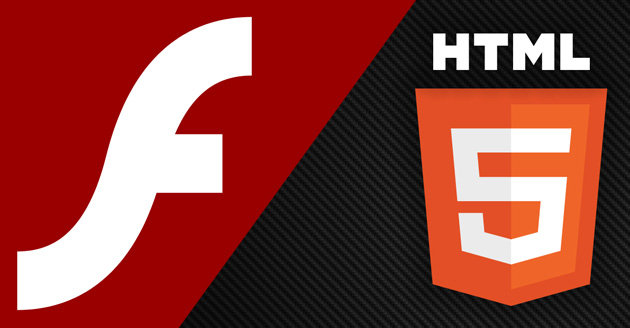Adobe recently announced that it would put its Flash efforts to rest when it comes to mobile applications. Adobe Flash is run on approximately 99% of internet-ready PC units, but the company were not having as much success getting users of mobile devices to load Adobe Flash onto their devices.
A large reason for this is that Apple’s Steve Jobs was opposed to having flash installed on the iPhone. Since the iPhone has such a huge market share, this effectively quashes Adobe’s efforts in this regard. Phone reviews consistently give the iPhone high marks, so there is no doubt it will continue to receive a high market share.
Another reason that Adobe Flash never took off on mobile devices is due to the fact that users have become used to downloading apps for whatever they require. Apps are entities unto themselves and do not require anything else to make them run optimally, but even if Flash could have added extra functionality to the applications, many users were not aware of this fact. Flash is great for PCs because it allows many programs to run better and display a richer graphic content than would be otherwise possible, so Flash continues to be a big part of Personal Computers and it is unlikely that it will be replaced in PC use for the foreseeable future. As there really is nothing else of a similar format that can replace Flash for personal computers, Adobe does not have to worry much in this regard.

Opening Greater Opportunity for HTML5 can be a revolution.
The programming language HTML has been around since the beginning of the personal computer boom. This computer language allows programmers to write commands that allow webpages to be displayed as intended by the programmer. It is used to build websites, allowing users to experience colors and pictures on their computer screen and when a website is properly coded with HTML, the content can be a rewarding experience for the web user. Until recently, HTML was confined to simple commands such as turning a background from white to black, or making the font large or small, but now, with the new HTML5 standard, all this is about to change. New commands have been added to the programming language that allow the programmer to add commands for audio and video. These new commands take HTML to a whole new level.
HTML5 now has the same potential as Flash to allow for the optimal display of videos and audios on websites and on the mobile application itself. Since HTML is standard across all platforms, there does not need to be any configuration of mobile systems to make this coding work. Mobile devices can now experience the same rich visual and sound experience that was previously only possible by adding Flash to enrich the experience. There is no need to download add-ons or put anything extra on the mobile when this new protocol is fully implemented. Adobe has fully thrown itself behind this new venture and continues in its efforts in this direction. There are many excellent phones on the market, according to phone reviews, that support the new HTML standard. This computer language will allow the mobile user to enjoy an enhanced web browsing experience and as there is a growing trend for people to browse the internet using their mobile devices rather than using personal computers, this new programming standard has arrived with perfect timing.


Comments
17 responses to “Mobile Flash closes down and Opening Greater Opportunity for HTML5 can be a revolution.”